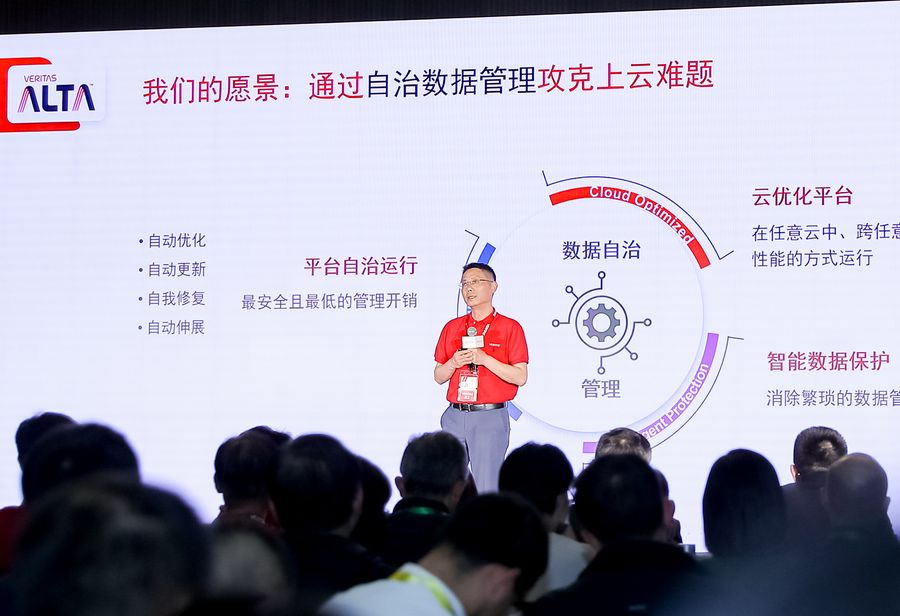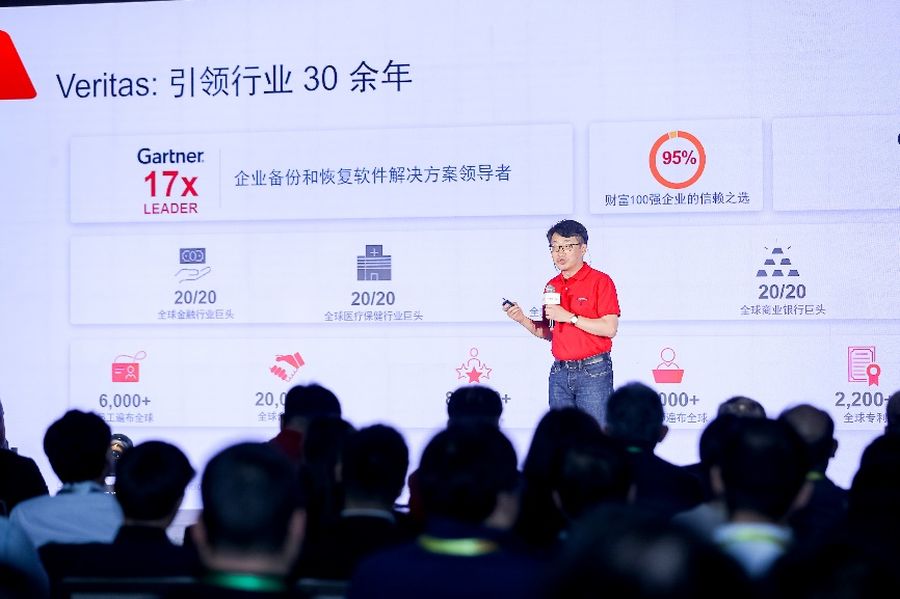INTRODUCTION
Companies today rely to an unprecedented extent on online, frequently accessed, constantly changing databases to run their businesses. Unplanned events that inhibit the availability of this data can seriously damage business operations. Additionally, any permanent data loss (from natural disaster or any other source) will likely have serious negative consequences for the continued viability of a business, especially in an Oracle environment.
Additionally, user expectations surrounding the availability of data and applications are continuing to increase, challenging IT staff to deliver often very high levels of service at a time when IT budgets are being scrutinized very closely for return on investment.
As these IT staffs are being required to implement higher levels of availability within local data centers, many of them are also challenged with larger responsibilities like disaster recovery and worldwide availability management. This has come into play for multiple reasons including the increased requirements for data access for both internal and external customers. As downtime disasters could lead to being “out of business”, more organizations are implementing procedures and technologies to proactive manage availability. This approach is causing them to not only set up local availability clusters, but also replicating the data center information to remote sites to avoid multiple potential outages. It is here that they are looking for solutions to enable this worldwide availability management.
This paper will explore three solutions designed to keep Oracle available, both locally and worldwide. The first is local clustering. This is where most high availability infrastructure has been concentrated in recent years. The next concept will be data replication, or migrating data to a remote location for disaster tolerance. The third topic is global clustering, an extension of local area clustering that includes data replication. Together, these technologies help provide global availability for Oracle.







